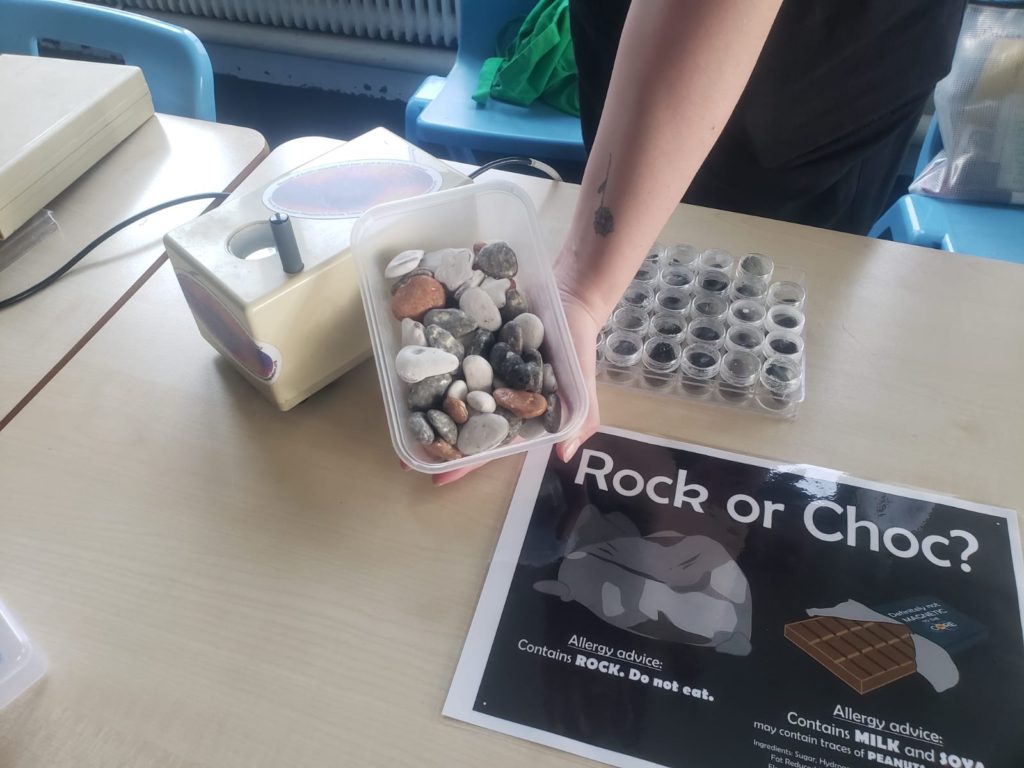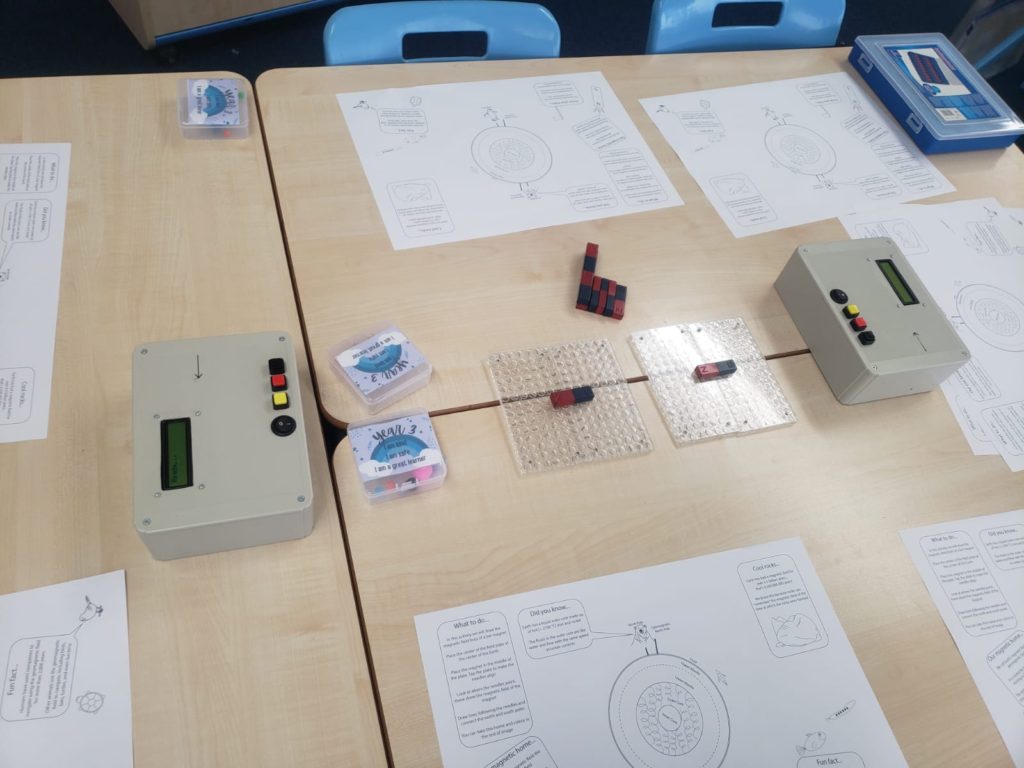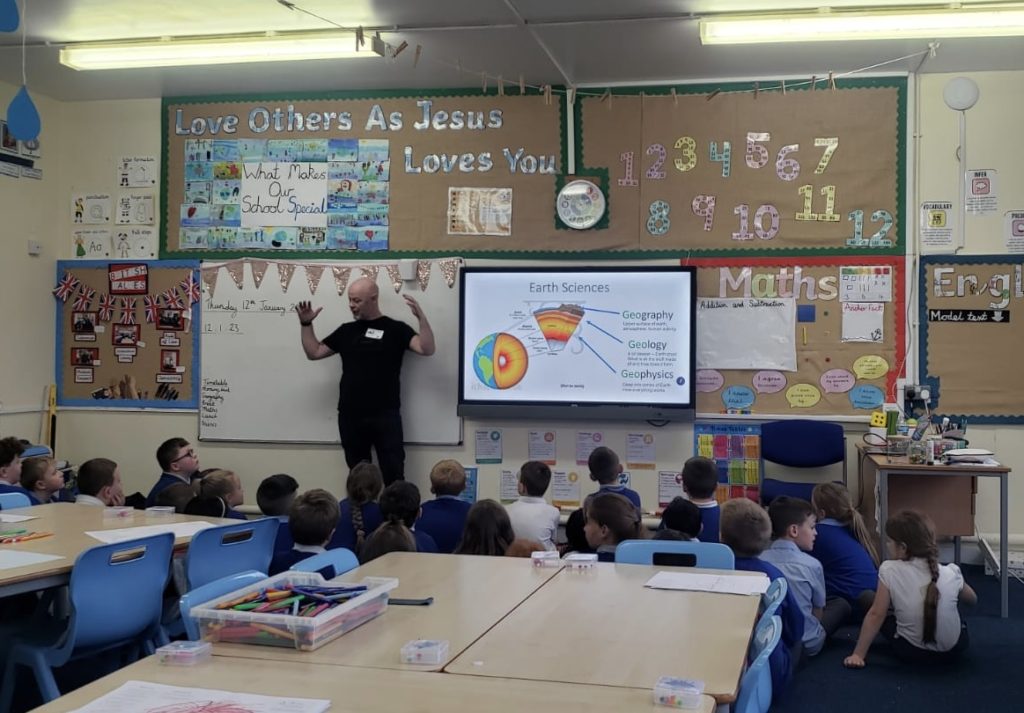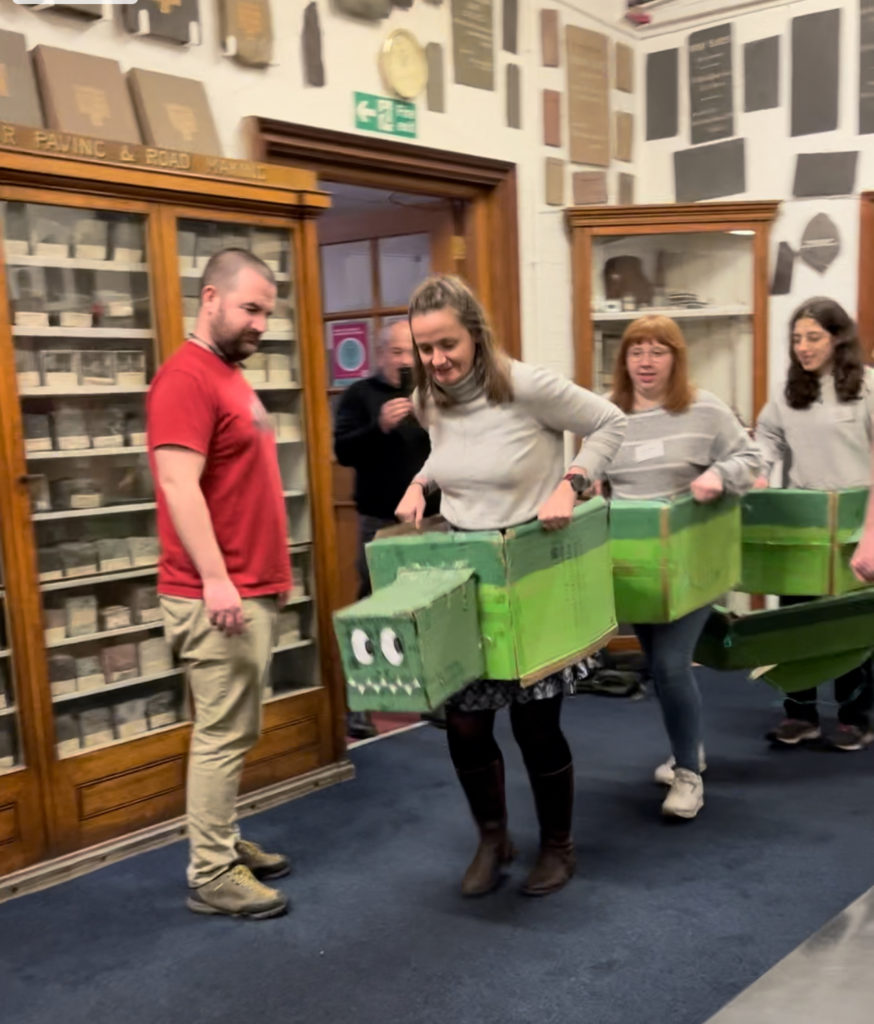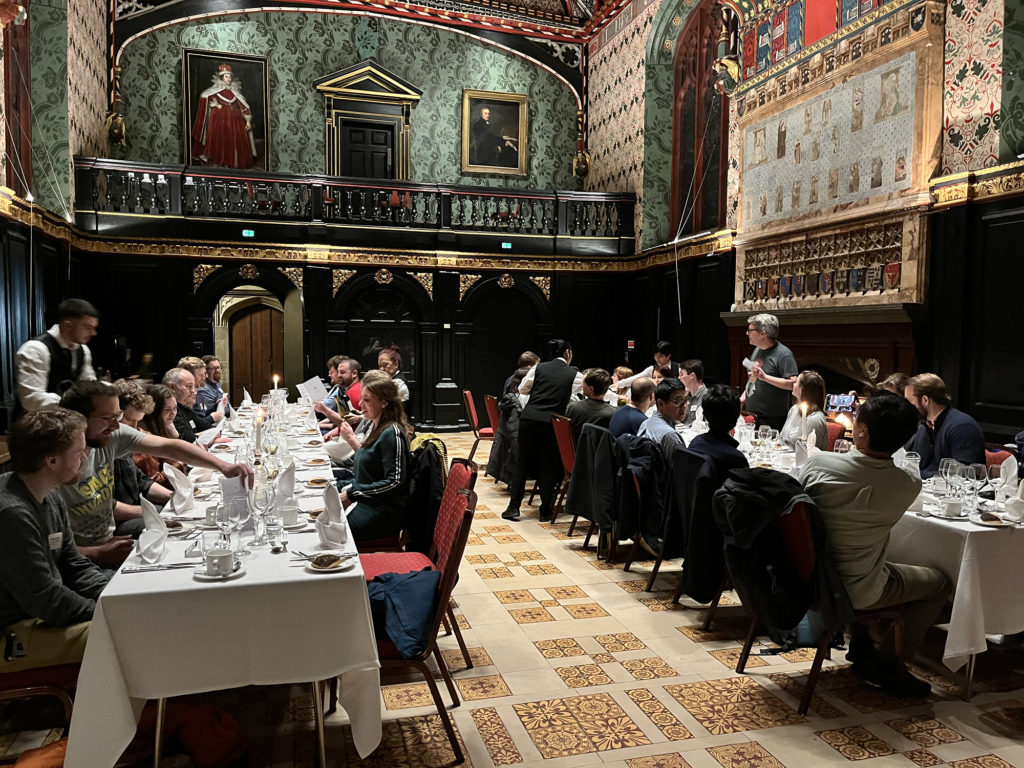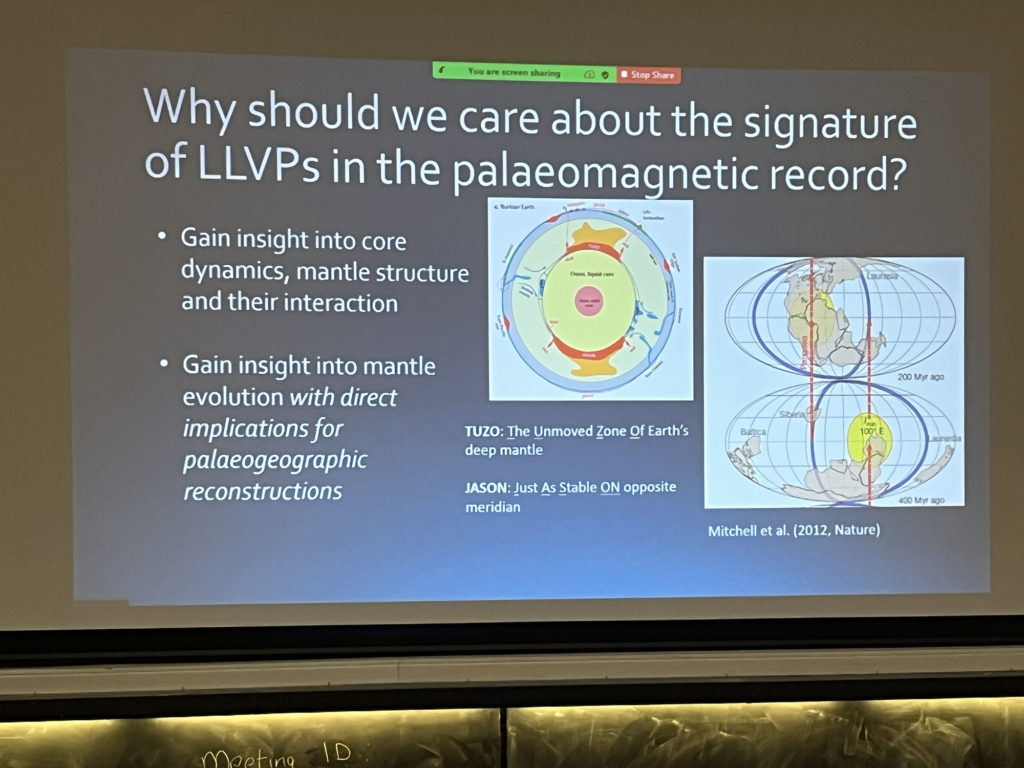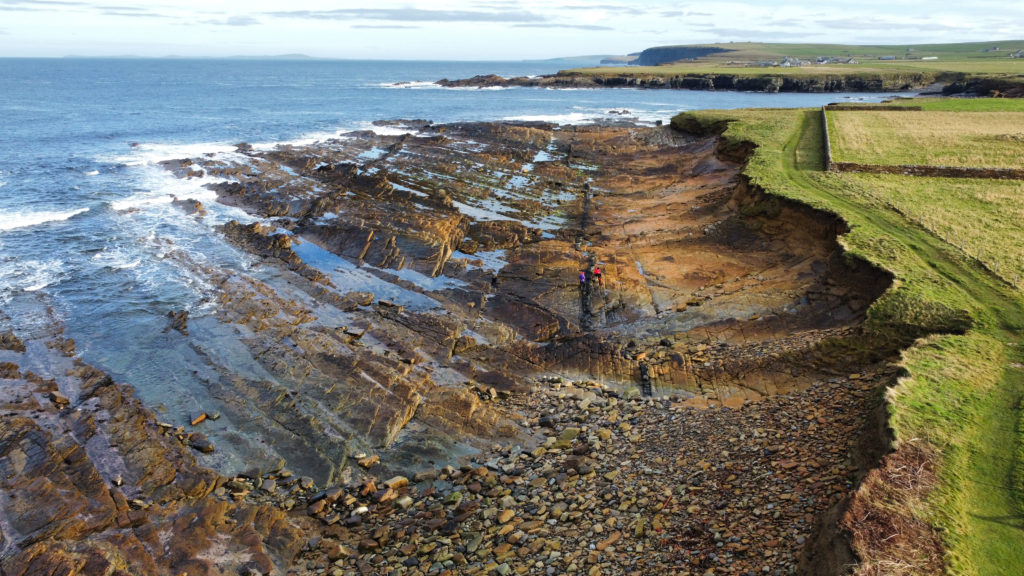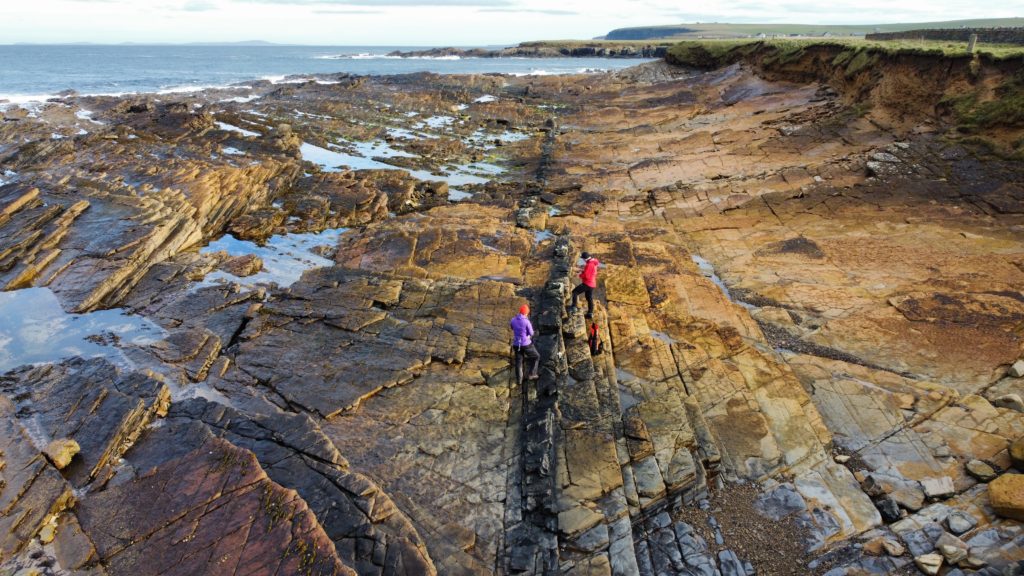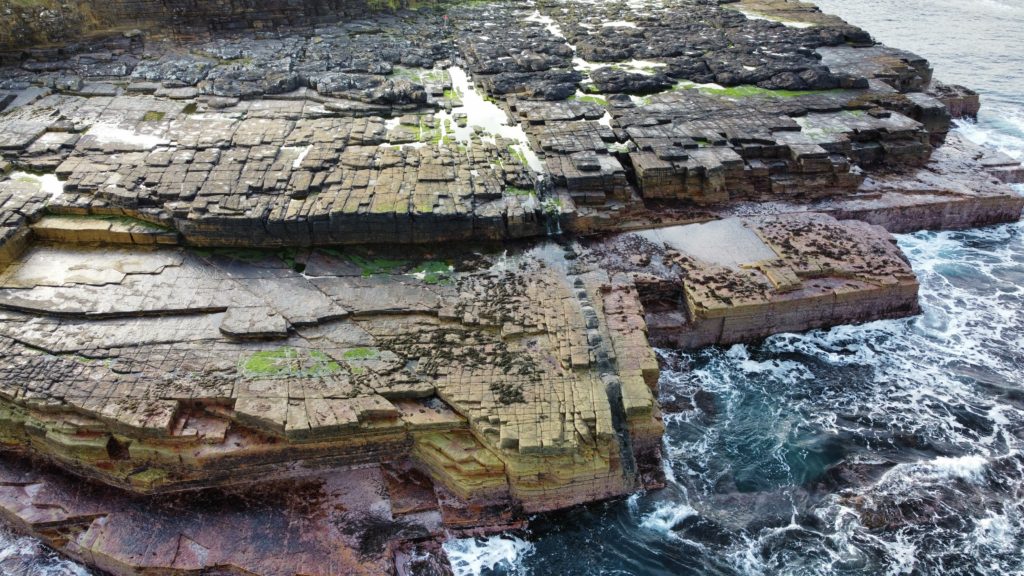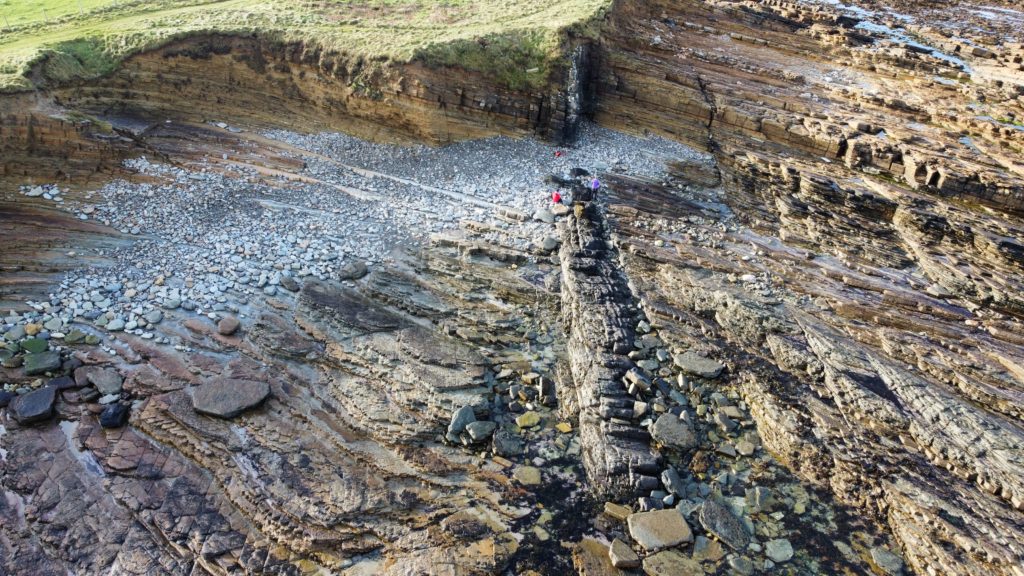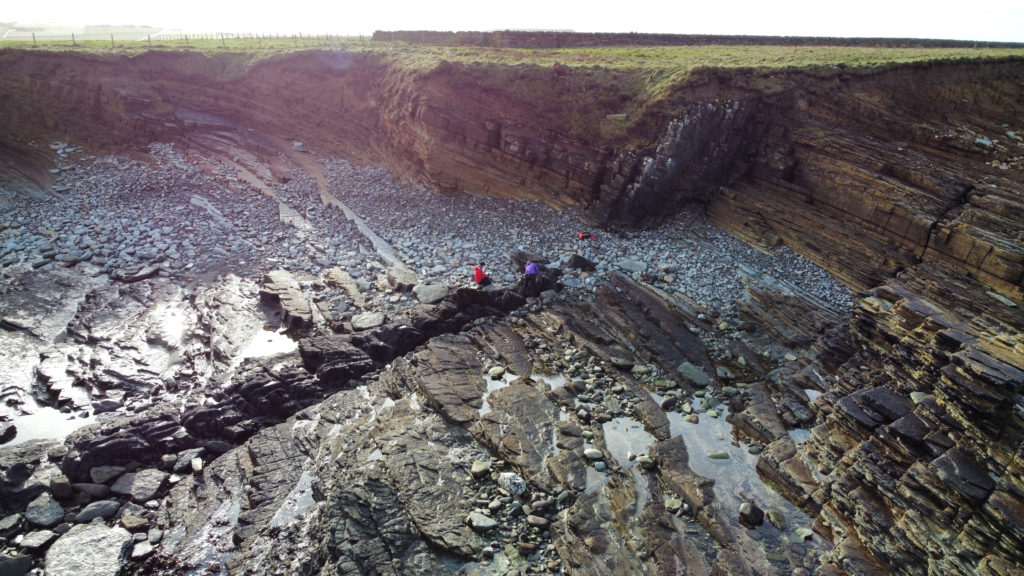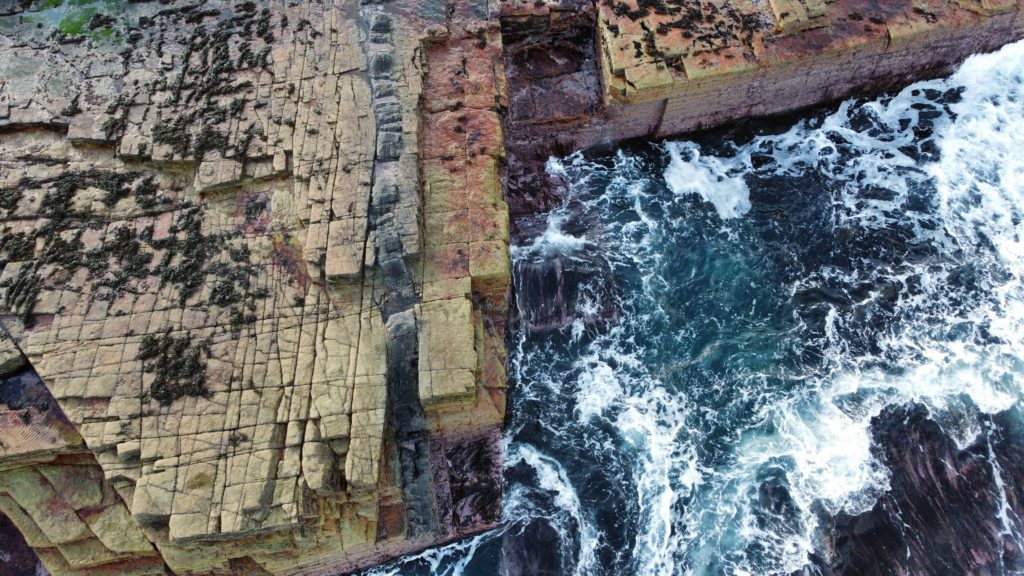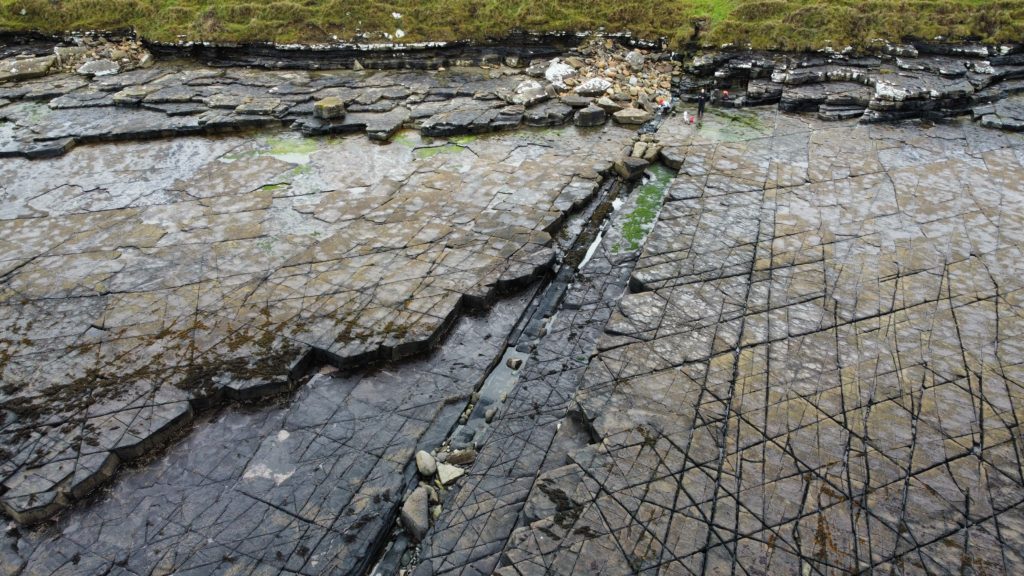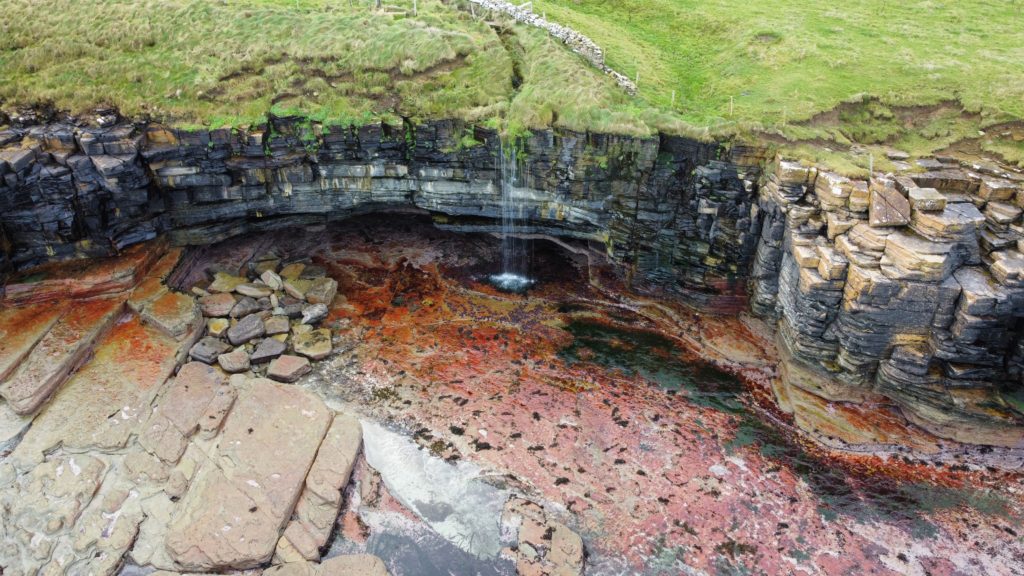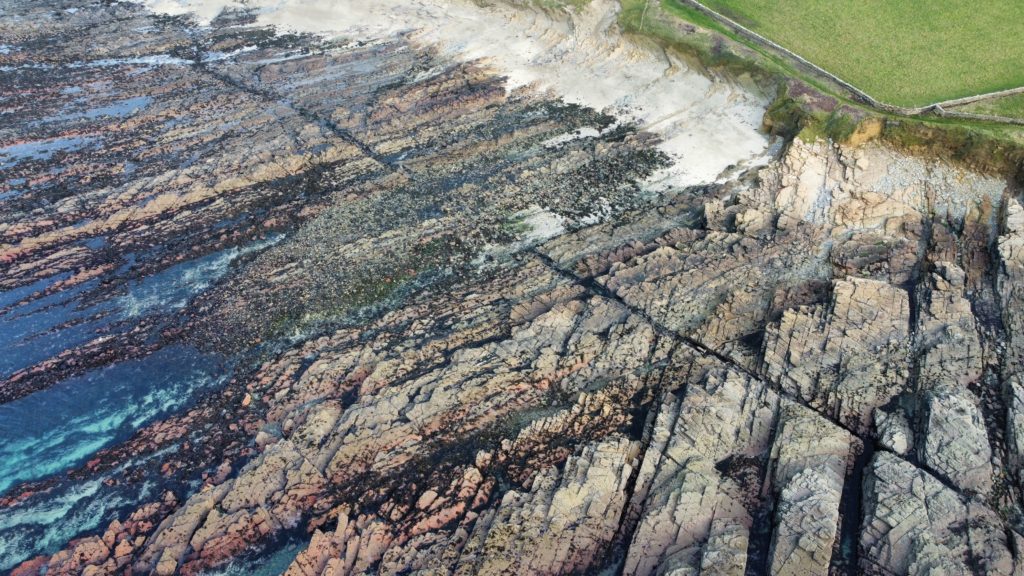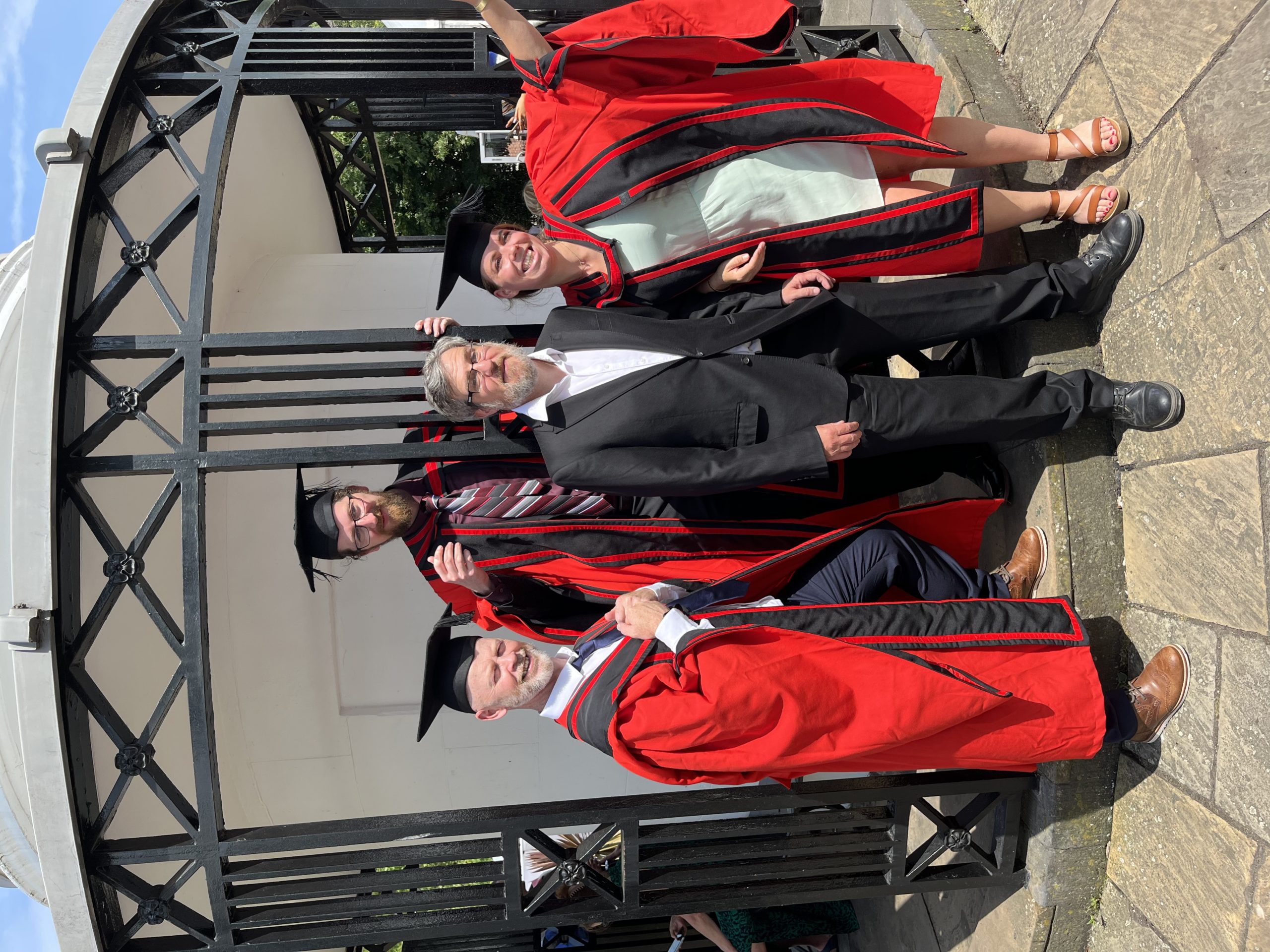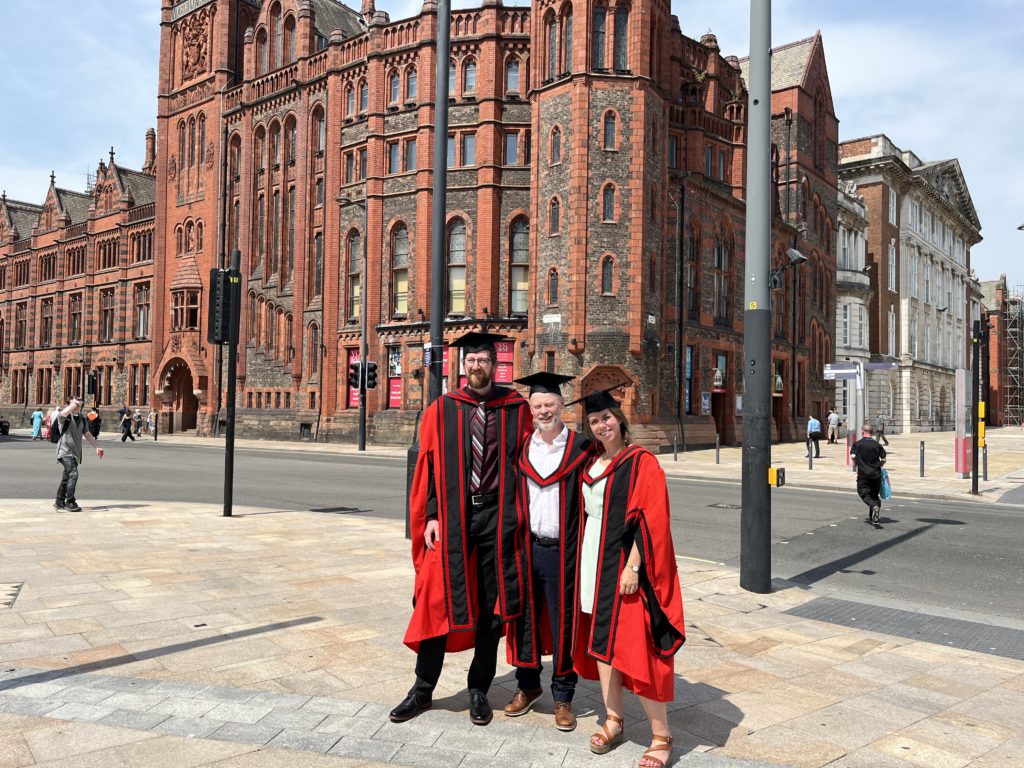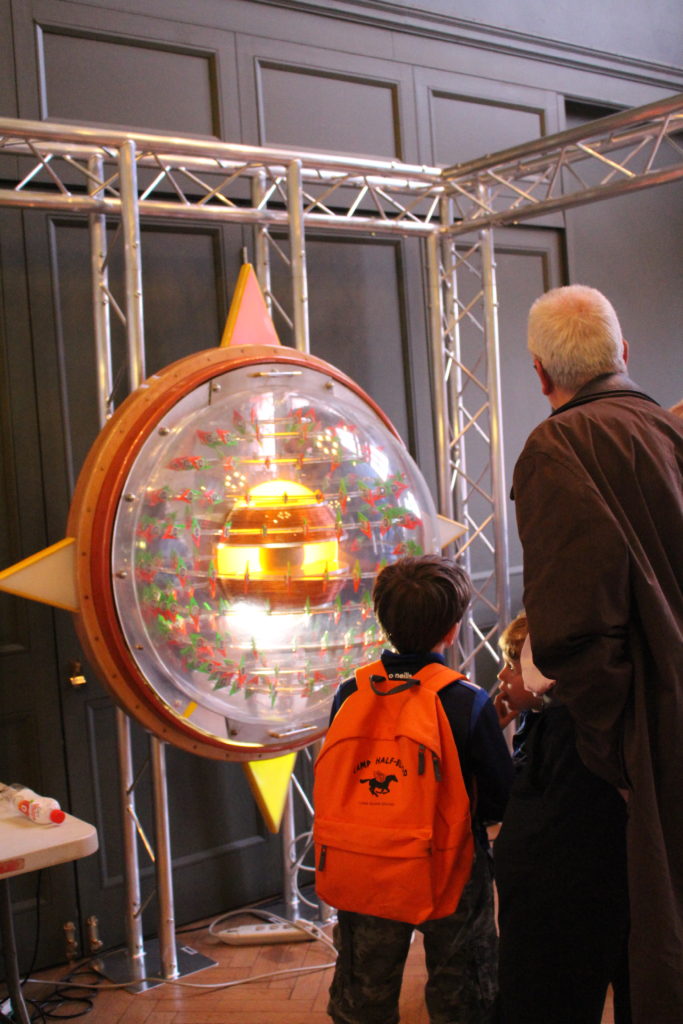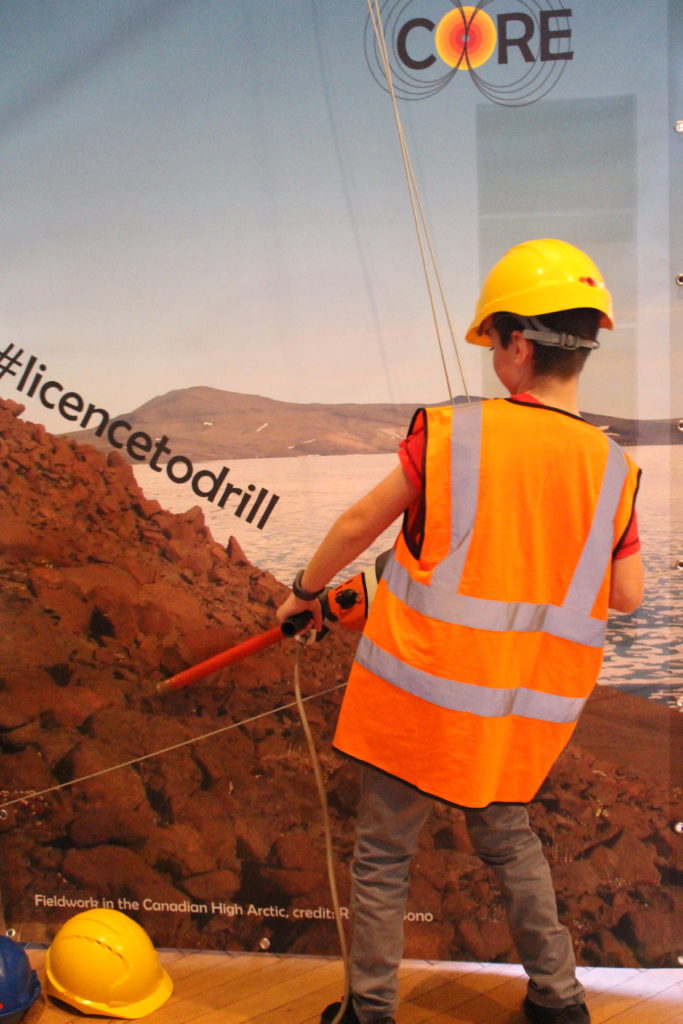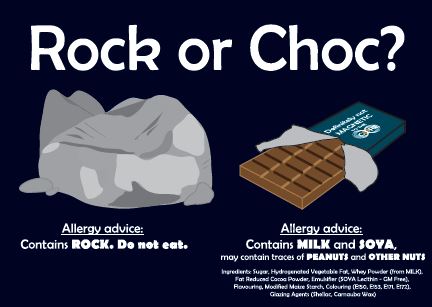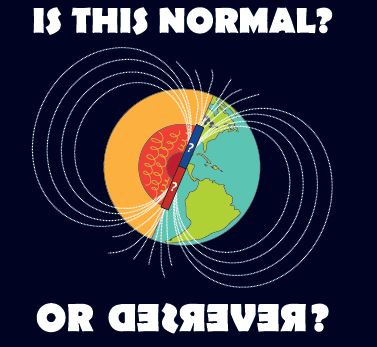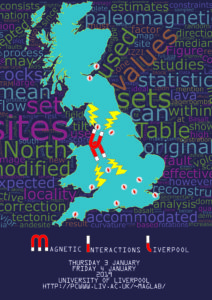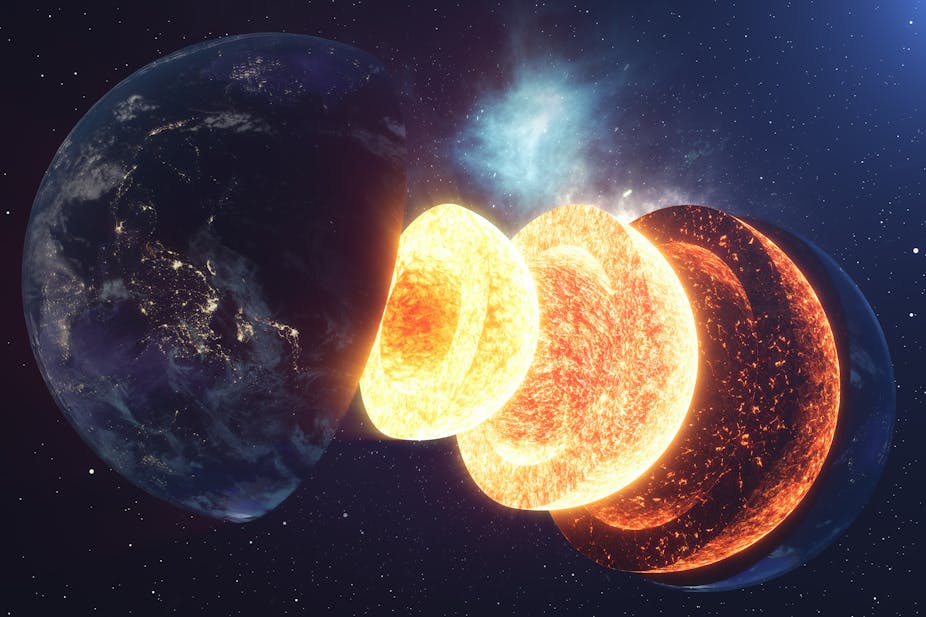Perhaps it was in a tavern, among drinks, tobacco and music, that the philosopher Thales of Miletus (624-546 BC) excitedly explained about the existence of certain attraction between pieces of rocks. Who knows, it was out loud he said that attraction between them was due to a kind of soul inherent to this type of material. It is not possible to exactly know how it happened, however, indifferent of the scenario and behavior of Thales and those around him, it is a fact that a question was raised about natural magnetism. Few centuries later, the noises from feathers scraping the scrolls, wielded by philosophers like Plato, Aristotle, Democritus, and Lucretius, recorded the thoughts and theories that hovered at that moment in history on this subject, and since then the accumulation and propagation of knowledge about this thematic have never stopped. Interestingly, in the China of the first and second centuries, the greatest interest of thinkers was the way certain materials aligned to a common point when placed on surfaces free of friction.
From this point in the history, we can observe that we already had the basic elements to study materials with natural magnetization, and their influence when immersed into an external magnetic field (e.g., Earth’s magnetic field). Nowadays, it is not novelty that the curiosity perpetuated for centuries has implied in a wide knowledge about the Earth’s magnetic field. The advances in physico-mathematical theories, technological, and experimental observed today place us in a rich scenario of information and hypotheses about the mechanisms that generate this field, as well as the interaction between field and magnetic minerals.
The geomagnetic field is generated by the movement of the conductive fluid at the outer core, located between 2890 and 5100 km deep in the Earth. At the surface, the observed magnetic field is composed of several components that vary as a function of time, but on average its main geometry is similar to a dipole. The field is continuously recorded in geological (e.g., volcanic rocks, speleothems, and sedimentary depositions) and anthropological made materials (e.g., ceramics, bricks, tiles).
The Earth’s magnetic field is represented by its inclination, declination and intensity at each geographic location and age. To understand its evolution it is crucial to know the distribution of these parameters as a function of time. Since the 19th century, magnetic observatories, and later satellites, have been used to directly measure the components of the magnetic field, but before that we must rely on the magnetic record of geological and archeological material.
Geomagnetic records at the scale of millions to billions of years were fundamental to demonstrate the tectonic movements of lithospheric plates, providing a means for quantitatively assess the dynamic configuration of the upper layers of the planet. On the other hand, the geomagnetic record at the scale of thousands to hundreds of years is the way to probe the geodynamic processes acting at the deepest layers of the Earth, at the core and its neighborhood, including heat-flow changes at the core-mantle boundary, movements of the conductive fluid in the outer core, and interactions between inner and outer cores.
Another interesting research topic derived from the study of the Earth’s magnetic field is the imminent process of reversal of its polaritiy. The main component of the Earth’s magnetic field can be approximated by a geocentric and axial dipole. Its stability is balanced by the equilibrium of normal and reverse magnetic flux patches. When normal flux patches move to the poles and reverse flux patches move to the equator the geomagnetic dipole intensity increases and vice-versa. In this light, the analysis of both geomagnetic field and geodynamo models, which are constructed from all available data, suggests an asymmetry in the advective sources of the field implying in the decrease of the Earth’s magnetic dipole intensity in the last 185 years.
Under this motivation, a careful analysis of all the magnetic intensity estimates derived from archaeological and geological records for the last two thousand years was carried out. The main purpose of this analysis was to understand the evolution of the geomagnetic dipole for the last millennia and, consequently, to speculate whether the Earth’s magnetic field is actually moving towards a reversal of polarities. Interestingly, the results of our work indicated that the geomagnetic dipole intensity is occurring since ~ 700 CE, and it can be described, on a scale of millennia, as a constant trend (i.e., linear). Once the dipole decay trend described by the data analyzed is very similar to the mean trend observed from data recorded by observatories and satellites, it was suggested that the mechanism responsible for the current fall in magnetic field intensity had its beginning more than 1,400 years ago. Otherwise speaking, the break in the symmetry of dipole moment advective sources, which balance the average intensity of the Earth’s magnetic field, occurred more than 1,100 years ago than previously known.
Finally, the representation of the geomagnetic field is given by different components, such as, dipole, quadripolar, etc.; and each component has a specific range of intensity variation over time. Based on the most recent works, it is known that the dipole component of the geomagnetic field varies with a period of ~1,200 years. Therefore, based on this order of magnitude, we speculate that the current dipole decrease does not necessarily represent an imminent reversal of polarities.
Long story short, although the current ramblings about the magnetism of materials are very different from those made by Thales, it must be said that his curiosity allowed us to unravel the mysticism about magnetization; implying in all current knowledge about the Earth’s magnetism. The tavern might even have turned into a pub, but the north that guides them is the same.
I am Wilbor Poletti, a PhD student at the Paleomagnetism Laboratory, University of São Paulo, Brazil (FAPESP-grant #2013/16382-0), and the work above mentioned was developed during my internship at the Geomagnetism Laboratory, University of Liverpool, Liverpool, UK, under the supervision of Prof. Dr. Andy Biggin.
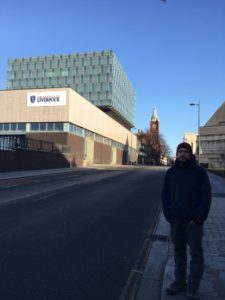
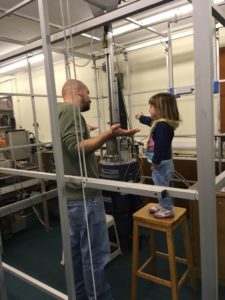
Personal archive photos: (left) I at the University of Liverpool, (right) my little partner and I at the Geomagnetism Laboratory!
Paper link: https://www.sciencedirect.com/science/article/pii/S0031920117302054

